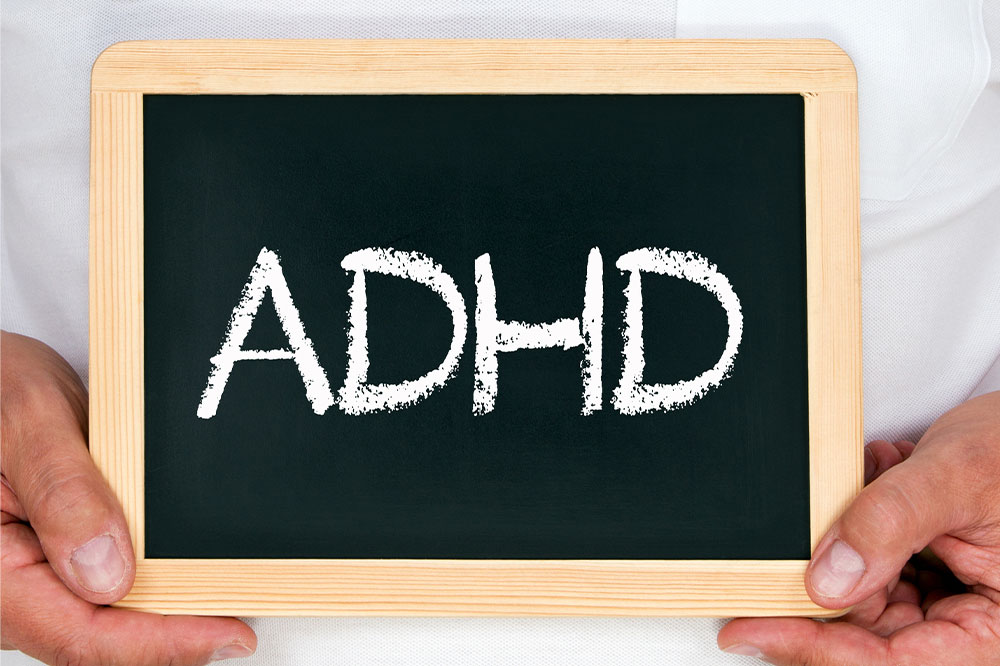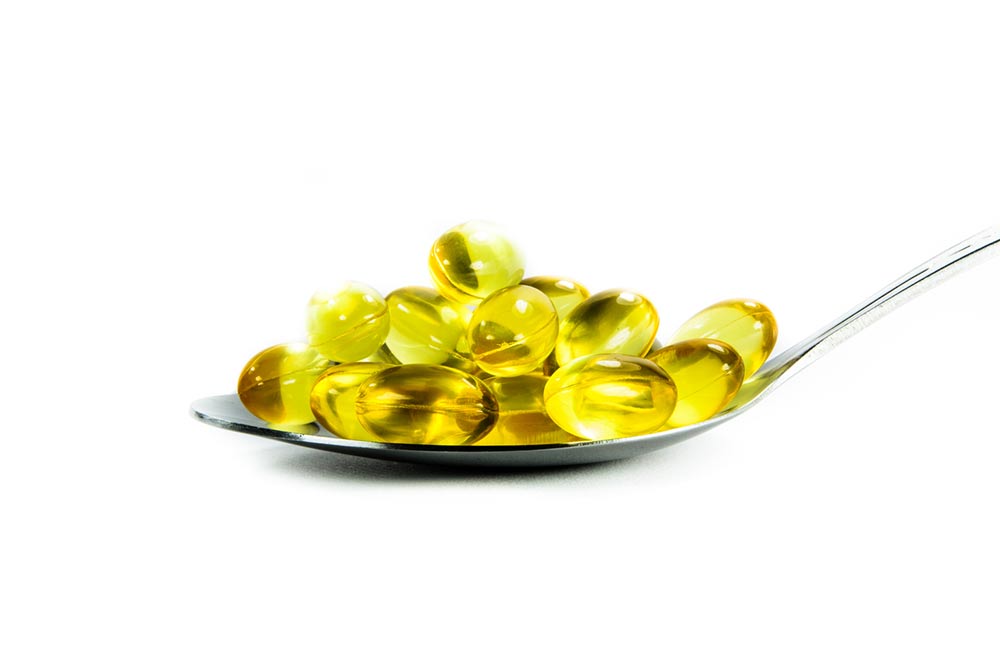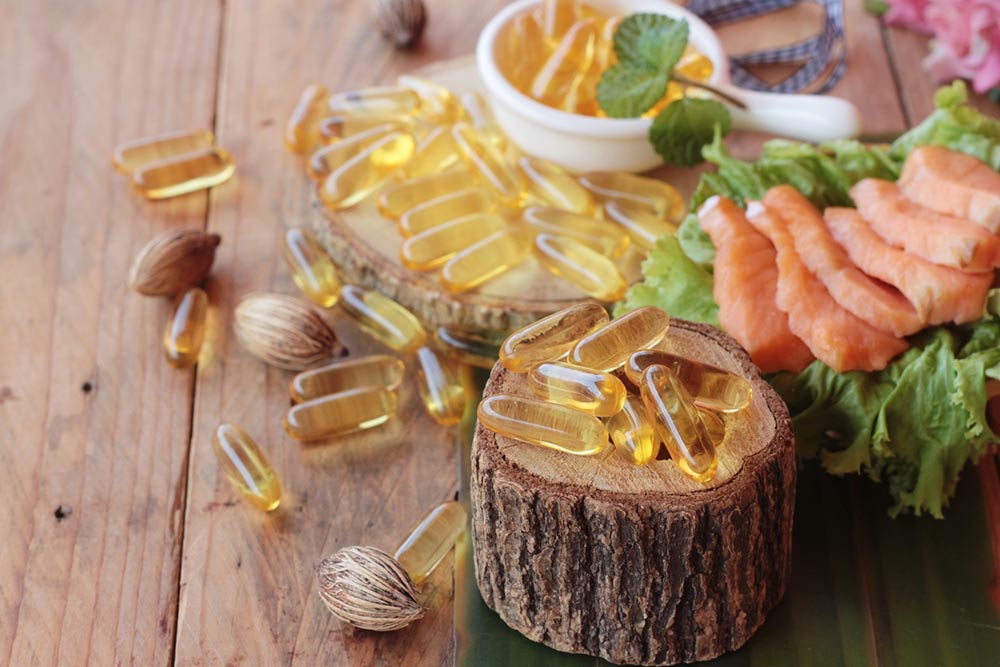Role of genetic testing in determining future health risks
Our genes play a vital role in shaping our personalities, behaviors, thought processes, and appearance. However, they also act as contributing factors to the development of several health conditions. Genetic testing is an effective means of determining one’s genetic predisposition to a particular disease and preventing future risks of developing the condition. Here are some things to know about genetic testing, from the benefits of the process to the conditions one can test for. The benefits of genetic testing To take preventive measures Genetic testing is not the same as a diagnostic test — positive results do not imply that one has the disease. It only indicates the presence of the gene mutation causing the disease. Thus, testing for genetic vulnerability to a health condition allows one to take measures to prevent it if the result is positive. A sense of relief for families Family members are often worried about having passed on certain diseases to the future generations. Genetic testing can provide a sense of relief to family members in the case of negative results and reassurance in knowing that the disease can be prevented if the results are positive. A pathway to accurate diagnosis In many cases, genetic testing can be the first step to diagnosing a disease and starting the treatment course.
Read More 









